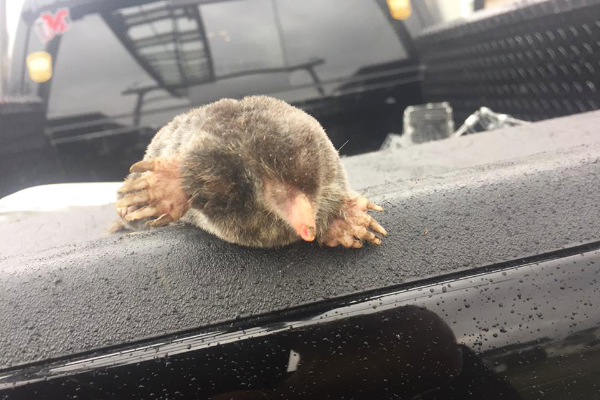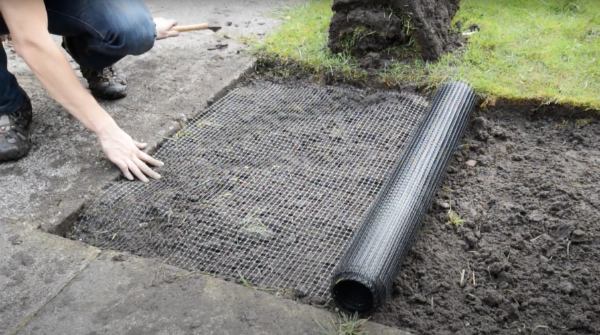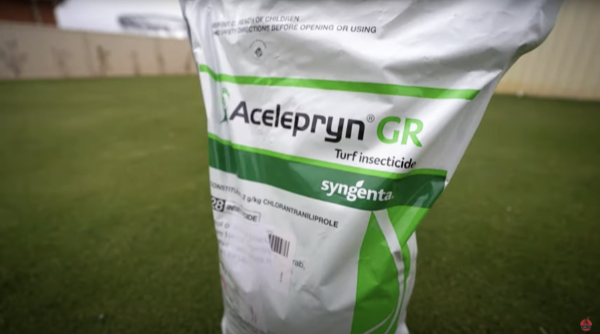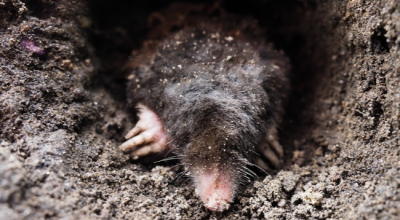Mole Prevention

Moles are small mammals that are about 15cm in length, including a 3cm long tail which are usually covered in fur. They are typical light brown, dark grey or light black. They are found all over the world. The forelimb of mole is short, broad, powerful and adapted for digging, having a body structure like a spade and with digging claw.
Moles prefer moist, sandy loam soils in lawns, gardens, pastures, and woodlands. They generally avoid heavy, dry clay soils mainly because of their intricate tunnel systems. Though they spend most of the time underground, they are not blind.
Moles have high energy requirements and thus have large appetites. They can eat 70 to 80 percent of their weight daily. They actively feed day and night year-round. Moles feed on mature insects, snail larvae, spiders, small vertebrates, earthworms and, occasionally, small amounts of vegetation. Earthworms and white grubs are their preferred foods.
Reasons to take Mole Preventative Measures
- Preservation to landscape and scenery and gardens such as lawn
- Prevent damage to soil and plant roots due to mole feeding and burrowing
- Prevent destruction of underground irrigation systems and underground cables
Preventative Measures
Use Soil Mesh

This is one of the best preventive measure adapted especially when installing a new lawn which involves putting a stainless durable steel mesh under the lawn to prevent the moles from digging through from underneath but allows adequate movement of moisture for the lawn.
Drainage
Moles can easily burrow in moist soils, so there is need to avoid excess water on the lawn due to overwatering or rainfall. The best way to avoid this is to have a good drainage system in your lawn to prevent the environment from being overly moist, which suits the moles best.
Barriers
Occasionally, areas such as seedbeds and small garden suffer persistent mole damage. For such areas, installation of a perimeter barrier constructed of sheet metal or hardware cloth may be appropriate. Backfill the trench with soil to hold the barrier in place and to give it support. All connections in the barrier, especially the corners, must be secure if this barrier is to be effective.
Underground Fences
Constructing an underground fence can be time consuming and expensive, but it helps to prevent the invasion of moles. The material used for construction should be a galvanized hardware cloth material. It should be up to six inches tall and extend to all sides of the garden, it must be dug not less than 24 inches. It will prevent mole entrance from any angle.
Insecticides

The application of insecticides is done to reduce the food supply for mole around the yard. The insecticides are targeted at the insects, larvae and white grubs the moles feed on. When the food supply is cut out in your environment, the mole will not stay around.
Repellents
One of the most suitable ways to prevent moles in your environment is the use of natural repellant like the castor plant, crown imperial, and narcissus plants. The castor plant is also known as the mole plant because it has several substances that are unpleasant to the moles due to their sensitive nose.
